Discover the Beauty of Traditional Peruvian Clothing in 2025
A Guide to Traditional Peruvian Clothing in 2025
More than just garments, traditional Peruvian clothing represents a vibrant tapestry of history, culture, and artistry. These works are getting a special spot in the American wardrobe, which has been hailed as having a special textile, elaborate designs, and highly cultural meaning. The style is one that narrates a story in every strand.
The popularity of this clothing in the USA is due to its flexibility and naturalness. These items bring us to a rich heritage, whether it is the items can be used to warm us up on fall, or can add some color to our life in any season. They provide the original method of personal style with an opportunity to incorporate traditions of the whole world.
This tour will take you through the land of traditional Peruvian clothes. We will also discuss its history, the most popular styles in 2025, and the manner of wearing them to any occasion. There is also a savvy shopping guide, care information, and a perspective on the most current trends defining this gorgeous fashion movement.
From Origins to Modern Icon
The story of traditional Peruvian clothing begins long before the Incas, with ancient civilizations mastering the art of textiles. To these cultures, clothes were not only a sign of warmth; they served as a way of communication signifying social status, spiritual beliefs as well as identifying with a group of people.
The Inca Empire perfected the textile production, and the system of the cloth being more valuable than gold was developed. The weavers, who were professional, made clothes out of brilliant vicuña and alpaca, and had different patterns of clothing between royalty, warriors and civilians. These patterns represented a pictorial language, narratives of heritage and authority.
Once the Spanish came in the 16 th century, they brought in new material such as wool of sheep, and European styles. These new elements were combined with indigenous ones by using the techniques of indigenous weavers, which resulted in a distinct blend. This blend is evident in iconic clothes such as the layered pollera dress, a blend of the Spanish shape with Andesian embroidery.
Today, traditional Peruvian clothing has become a global fashion staple. Its path to the Andes though international runways was led by designers who viewed its classical beauty. These were also adopted by celebrities and fashion influencers who are attracted by their originality, artistry, and boldness.
Most Popular Variations in 2025
The beauty of traditional Peruvian clothing lies in its diversity. The styles have been modified to suit any type of life and occasion as the garments are currently available, fusing ancient craftsmanship and the fashionable tastes of today. Numerous works are now created to be put in a modern wardrobe.
Everyday Casual Options
Alpaca cardigans and alpaca sweaters are a personal favorite when one wants to look casual and everyday. They are cushiony, comfy and available in various natural colours and colourful designs. A second well-known product is the chullo, a hat with earflaps knitted, which gives a hint of Andean flavor to any casual dress, particularly in the colder seasons.
Office & Smart Casual Styles
It is easy to integrate the traditional Peruvian elements in your work clothes. Subtle embroidery is done to the pima cotton blouse and provides a fine feel that is well woven. Think about a loose, crisp poncho or a smooth, sleek blazer made out of alpaca. The articles enhance the professional dresses with texture and special appeal.
Party and Evening Looks
A dress or a shawl is a beautiful outfit with detailed embroidery that may be used as a statement piece on a night out. Search on things that have been made of luxurious weaving materials such as silk blends or baby alpaca wool. A plain evening dress may be immediately transformed into an elegant and lace-covered clutch or a brightly colored manta in the form of a wrap.
Seasonal/Trend-Specific Orders
Oversized ponchos and capes are also in the trend in 2025 and are a comfortable and stylish fall and winter wear. During spring and summer, light dresses and tops with bright and geometrical patterns are in. These are the seasonal items that will enable you to embrace the Peruvian art throughout the year and at the same time keep up with the trends.
Make-up Advice on any occasion
Integrating traditional Peruvian clothing into your wardrobe is simple and fun. The trick is in combining the complicated patterns and full-bodied textures of these unusual attires and complement it with more neutral ones to form a complete and fashionable appearance at any location.
Casual Day-Out Looks
To have an easy day, you can wear an alpaca sweater in a color and have it up with your favorite jeans, and ankle boots. A plain t-shirt can be boosted by a bright Peruvian textile scarf. This way the traditional piece will be the centre of your outfit without drowning it.
Smart-Casual & Office WearFor a smart-casual look, you can pair a traditional Peruvian patterned skirt with a solid-colored blouse and heels. This combination is perfect for the office or any business setting. Add some subtle gold jewelry to complete the ensemble.
To dress formally in the office, wear a plain-colored blouse with a patterned poncho or ruana. You may also combine a custom-made blazer with a skirt having subtle Andean-inspired embroidery. This mix will provide character to your working wardrobe and be professional at the same time.
Night Out & Party Styling
Avoid keeping to yourself and make a statement through wearing a beautifully embroidered dress which will be the main focus of your evening dress. When you are in the mood to be plain, a colorful lliclla (shawl) would well cover the usual little black dress. It gives it a touch of color and the element of surprise.
Seasonal Outfits
A heavy wool poncho is rather convenient and stylish when worn instead of long-sleeved shirt and leggings in colder months. During the hot season, a light pima cotton top with embroidery will be very comfortable with shorts or a linen skirt, and it will feel fresh and cool.
Gadgets and Add-ons that take the appearance to the next level
The Peruvian style can be added easily by using accessories. A dress or a tunic can be made to fit tightly by a belt (chumpi) made of woven fabric. Earrings that are filamentously crafted, beaded bracelets and bags crafted using traditional fabrics can also be used to complete your outfit with a traditional artisanal style.
The Upsides and Downsides
Embracing traditional Peruvian clothing offers many benefits, but it’s also good to be aware of some considerations. These pieces are exalted because of their original beauty and cultural value that makes them an important addition in every wardrobe.
The unmatched artisanship is one of the largest strengths. Numerous clothes are crafted by weavers who apply the art due to their generations. The natural fibers such as alpaca and pina cotton are soft, durable and comfortable, and thus good long term investments.
The wearing of these garments also helps in preservation of the culture and gives a sustainable level of income to the communities which are artisans. It is one of the ways to become a part of a rich history and support ethical fashion. The bright colors and patterns will make you special to have a unique and individual style.
However, the negative part is that the original works may cost much as they are made of high-quality materials and are labor-consuming. There is also the care and maintenance aspect that is given a light touch; most of the products are only hand washable and should be kept away to avoid moth attack or stretching.
It is also difficult to locate garments that are authentic in the USA. It is flooded with mass-produced imitations that do not have the quality and cultural integrity of the real ones. You should do research upon sellers so that you are not purchasing products that are not real or ethically produced.
Smart USA Buyer Guide
Shopping for traditional Peruvian clothing in the USA can be a rewarding experience if you know what to look for. This guide will make you look through the alternatives and make a wise purchase to ensure that you find the high-quality, non-faked piece that you will enjoy over the years.
To the Right Fit (US Sizes 2025)
Custom-made clothes tend to have unusual sizes. A lot of brands have come with standard US sizing, although it is prudent to consult measurement charts. In the case of products such as ponchos and ruanas, one-size-fits-most is the rule. Reviews or asking the seller about the exact dimensions will help when they are unsure.
Materials & Quality Checks
Those that are authentic Peruvian clothing are usually crafted of alpaca wool, pima cotton or sheep wool. Authentic alpaca is silky, light and faintly shiny. To ensure quality, look at the weaving. The imperfections of handmade products will be small, inconspicuous, unlike the complete perfectness of machine-made products.
Price Brackets -Budget, Mid-End, Luxury
Prices can vary widely. Low cost accessories can begin at around 40. The prices of mid-range sweaters and shawls vary between 100 and 300. When it comes to luxury goods, such as vicuanya wool products, or even highly decorated hand-embroidery, the costs can be in the hundreds and thousands.
Trusted US Brands & Retailers
Identify retailers that engage in full sourcing and use Peruvian artisans or cooperatives. Fair-trade organizations usually collaborate with such brands as Cuyana, EILEEN FISHER and smaller and specific online stores. Other fabrics that are shipped to the USA include Threads of Peru and Awamaki.
Online vs In-Store Shopping
Shopping online provides one with a greater amount of choice, yet it may be difficult to feel the texture and quality. The actual shopping experience, in-store shopping or not, usually in an artisan market or specialty boutique, can involve feeling the materials and trying on the items. They are both good in case you purchase reputable sources.
Care and Maintenance Prerequisites
Proper care is essential for preserving the beauty and longevity of your traditional Peruvian clothing. To keep your investment safe, such natural-fiber clothes may need a little more care than your average machine-washable items do, but it is worth it.
The majority of the items, in particular the ones crafted out of alpaca or sheep wool, are to be washed by hand using cold water with a slight detergent. Do not use severe chemicals or bleach. Squeeze the water softly without wringing or twisting fabric either of which may make it lose its shape.
Making sure it is not in direct sunlight or heat, dry the garment by lying it flat on a clean towel. The wet sweater or poncho may be hung, and its shape may be distorted by stretching the fibers. It is important that the item be reshaped when it is wet so that it can dry properly.
To store, do not hang your clothes, but rather fold them. To prevent being infested by moths, put cedar blocks or lavender sachets in your clothing line or you can put it in your drawers. To store in a long-term, no plastic containers should be used because they may trap moisture instead of using breathable cotton bags.
What’s Trending in 2025
In 2025, the trend for traditional Peruvian clothing in the USA is all about modern silhouettes and bold, authentic patterns. Designers are re-inventing old works to suit the modern palate. More customized ponchos, slew sweaters, and wide-leg pants with embroideries are to be expected.
Color schemes are changing as well. But at the same time, natural, earthly sounds do not stand the test of time, the rich colors of electric blue, deep magenta and rich gold are making a statement. Modern fashion tends to be connected to its origins through these colors frequently utilized in geometrical patterns based on the ancient Incan and pre-Incan art.
These styles are still popular because of celebrities and influencers. We tend to find them wearing handmade items, whether it is a warm-up chullo in winter outings or fine shawls in red-carpet shows. The exposure motivates the followers to go out in search of such products, a mash-up between culture and personal expression.
The future of this trend in the USA is directed to the increase in sustainability and ethical sourcing. People are getting more and more interested in what narrative their garments have, and brands that promote fair trade and give artisan communities power. Such a conscious consumerism will not only keep the tradition alive but it will flourish.
FAQs (2025)
Is traditional Peruvian clothing still trendy in 2025?
Absolutely. The focus on craftsmanship, natural fabrics, and distinctive design makes it keep up with the times. The trend of contemporary styles of classic images, such as customized ponchos and brightly colored alpaca sweaters, is especially popular in 2025, which combines an element of tradition and the modern style.
What is the most suitable to the USA lifestyle and climate?
Most of the US climates match well with alpaca sweaters and cardigans, which are very warm and lightweight. Pima cotton tops in lightweight are used in warmer locations or in summer. The accessories such as scarf and shawl are all-year-round and provide a hint of Peruvian craftsmanship to any stylish dressing.
What do I wear to look formal and casual?
To have a casual appearance, a colorful sweater and jeans are a good match. To dress up more formally, over a plain dress or suit, in a solid colour, shawl this is a fine, finely woven one, and must be thrown over. The trick is in moderation; make the delicate Peruvian composition the star and hold the rest of your outfit simple.
How much is the price range this year on average?
There is a differentiation in prices depending on the material and craftsmanship. Small accessories are available at less than 50. An average alpaca sweater goes between 100 and 300 dollars. Luxury, hand-embroidered or even those of high-quality such as vicuana may be much more.
What is the way to clean and take care of it?
Majority of wool clothes ought to be cold water hand-washed using mild soap and dried in flat form. Cotton pieces in the Pima can be washed using gentle wash in a machine. Always check the care label. Store with cedar or lavender in order to guard against moths.
Conclusion
Traditional Peruvian clothing offers much more than just a unique aesthetic; it is a celebration of culture, artistry, and sustainable fashion. Every work has a legend that has passed on through the ages linking the wearer to the rich heritage of the Andes. It is one of the outstanding options in the modern world of fashion because of its mixture of beauty and sense.
These clothes will become an indispensable item of every person who wants to create his or her own conscious and unique wardrobe in 2025. The quality and the craftsmanship cannot be denied, starting with the softness of alpaca wool and ending with the detail hand-embroidery. Their versatility enables them to be worn to pretty much any event, and add a bit of international sophistication to your daily routine.
You should also be motivated to look at the various variations and identify pieces that are attractive to your personal style. Test your appearance and add a bright shawl or a traditional sweater to your wardrobe. As soon as you are, you can visit reputable outlets that respect the craftsmen of the amazing works.
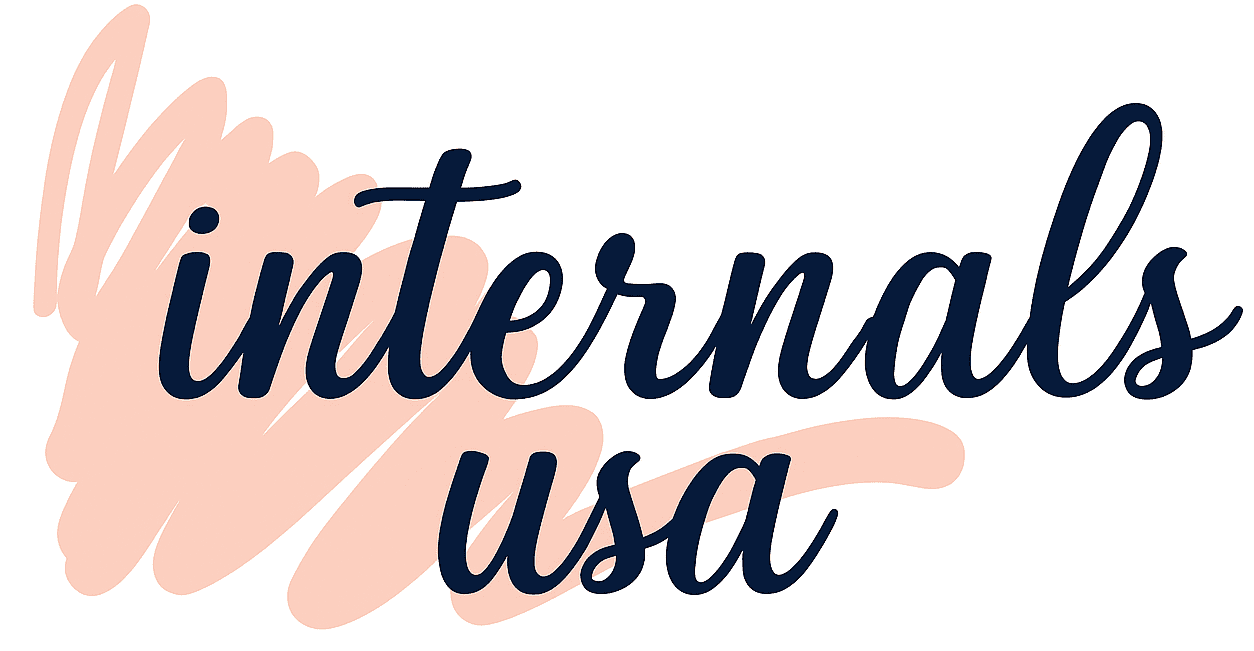

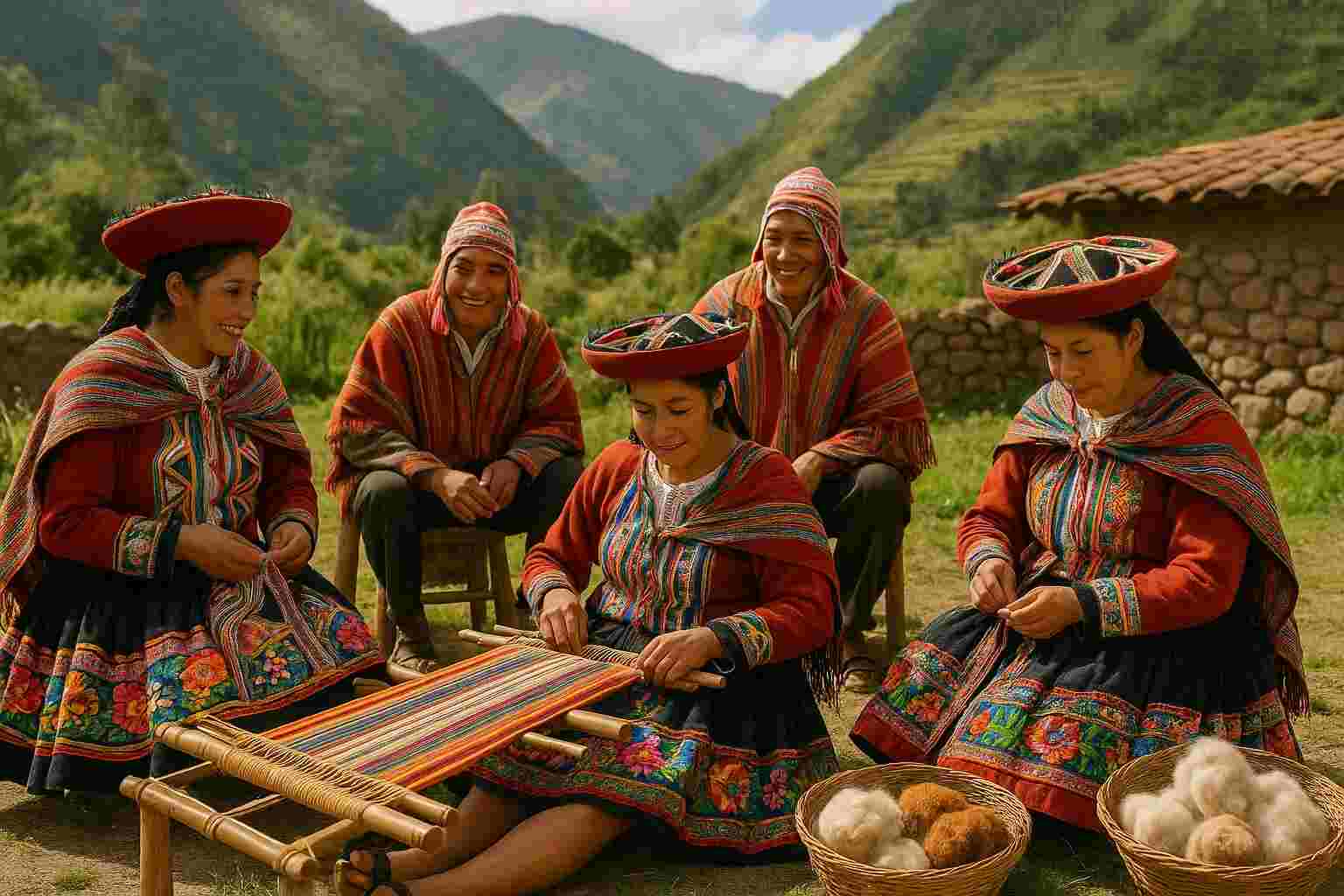
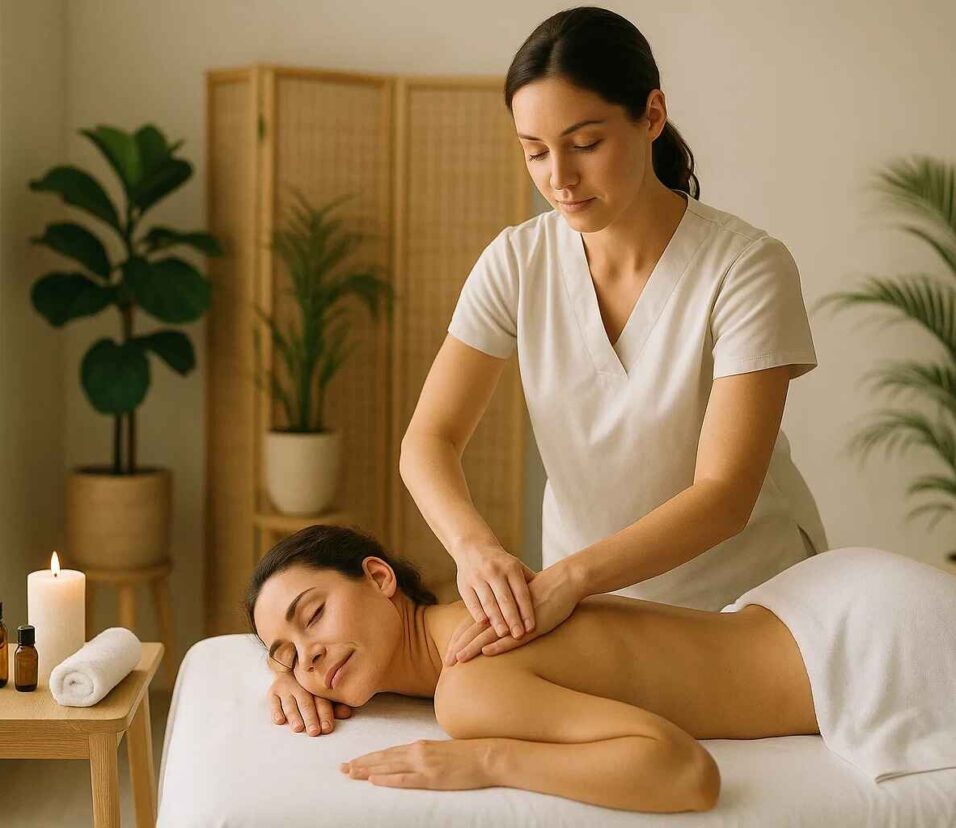

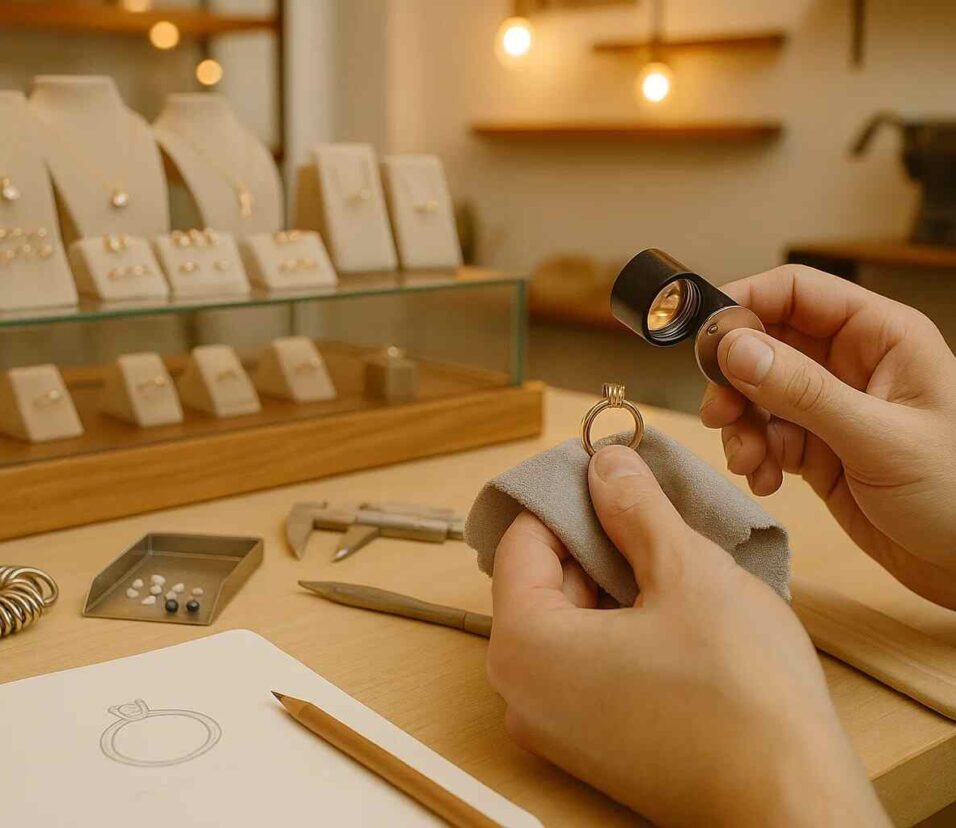
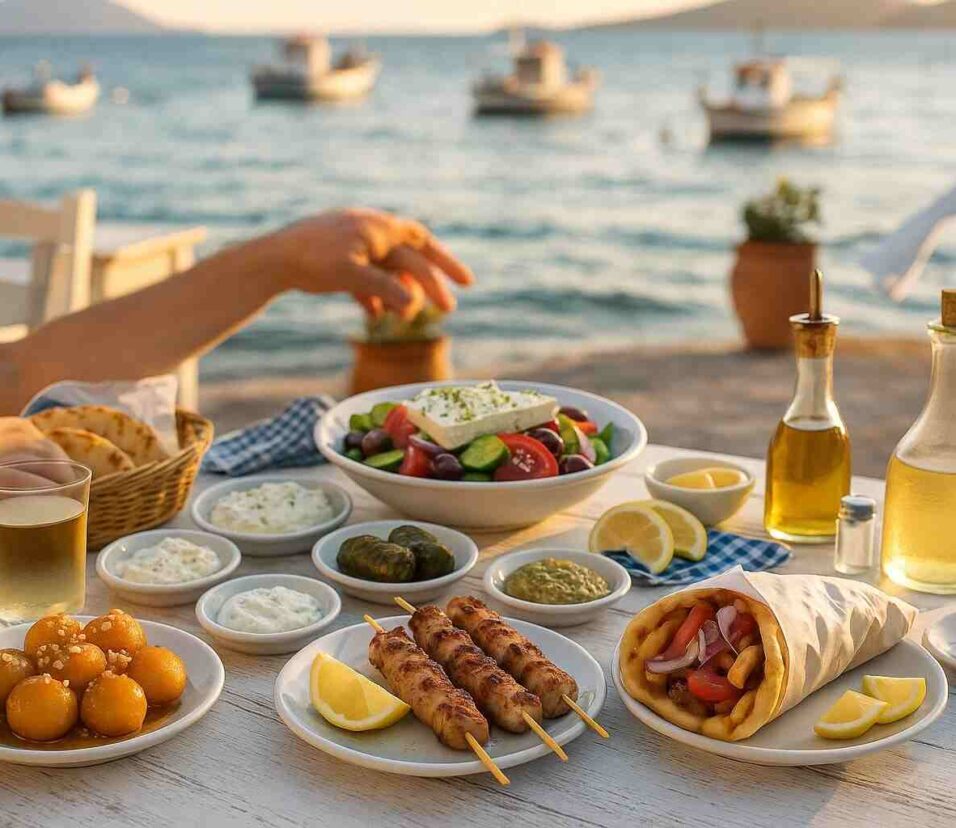
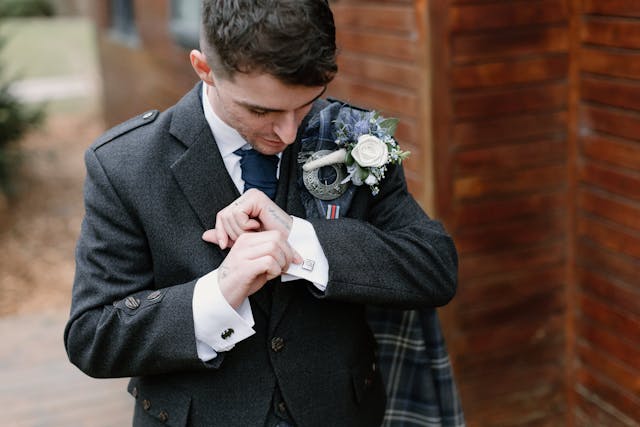
Leave feedback about this